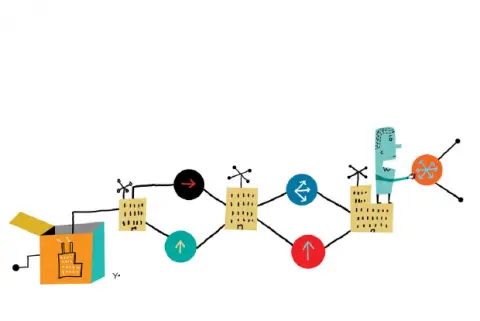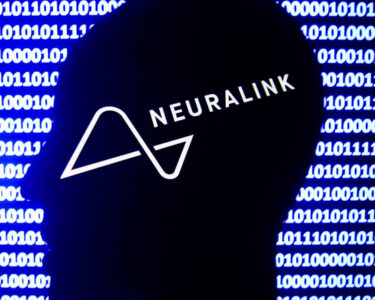Why are a growing number of enterprises diving into blockchain technology? Blockchain is open-source technology used to create a distributed ledger – a shared record of transactions (financial or otherwise). The basic idea: No one can tamper with it because everyone has access to the same information and to an unalterable record of any changes made.
Blockchain is best known as the technology that powers cryptocurrencies such as bitcoin and ether, but it can do much more than that.
“Any instance where data needs to be transferred among parties who don’t necessarily trust each other could benefit from a distributed database,” says Matt Chwierut, research director at Smith + Crown, a research group that focuses on blockchain technology. “The Internet of Things is a good example. Any given IoT company might want every other machine network to send information on their protocol, but they don’t necessarily trust each other’s protocols. You can’t get everyone on one company’s protocol, but you might be able to use a distributed database where no one party had control.”
Some blockchains can be used to create “smart contracts,” which rethink the typical contract process by executing automatically once certain conditions are met. Such contracts hold promise in fields such as banking and pharmaceuticals. However, more technology advances are needed before those contracts can communicate with other corporate data systems (see American Banker’s recent article, “The race to connect smart contracts to the real world.”)
In another example, blockchain could offer a new way for artists and musicians to reap more of the rewards from their work.
If you’re ready to explore using blockchain and blockchain applications, consider these four basic ways that companies can experiment, as Chwierut describes them:
1. Use blockchain-as-a-service
Some cloud providers, such as Microsoft Azure and AWS, offer blockchain-as-a-service, essentially providing a sandbox in which you can begin building blockchain applications to see how they might work for your company.
Pros: It’s a very limited commitment, allowing you to take blockchain for a test drive.
Cons: Blockchain-as-a-service is most useful for experimentation, so if you decide to get serious about blockchain you will likely need to move on from this approach.
2. Use a public blockchain platform
People tend to think of Ethereum, bitcoin, and others as currencies, but they are also publicly available platforms that companies can use to host transactions and applications.
Pros: Since these platforms are open to anyone, anyone can interact with your blockchain application without you needing to open your own network to outside parties. These are well-established, competitive networks. (For more, see this CNBC article on recent rivalry between the Ethereum and bitcoin platforms.)
Cons: Because transactions run on a distributed platform – i.e., on the servers of currency “miners” who agree to host them – there’s a small cost associated with each transaction.
3. Fork an open-source blockchain and use on your own servers
This means grabbing the open-source code from a blockchain project and tweaking it to make your own blockchain. This option is popular with companies that want to use blockchain for things like authentication and collaboration internally. It can also be used for internal experimentation.
Pros: You can modify the blockchain to your liking. And you can keep it within your network and limit access as you see fit.
Cons: The blockchain may not work precisely the way you want it to.
4. Write a blockchain protocol from scratch
Since the software developer community has already done so much work on blockchain, you likely wouldn’t choose to write a blockchain from scratch. But if you have a compelling reason to do so, it is an option.





